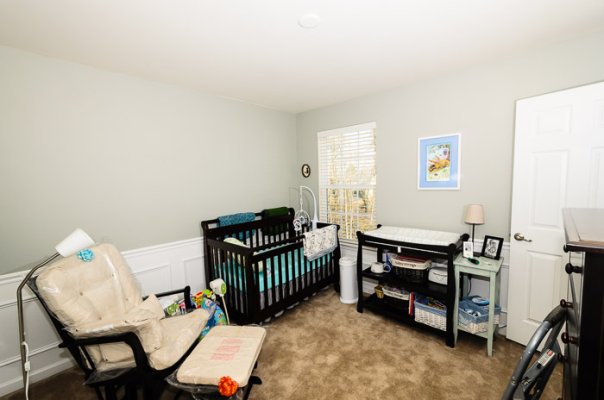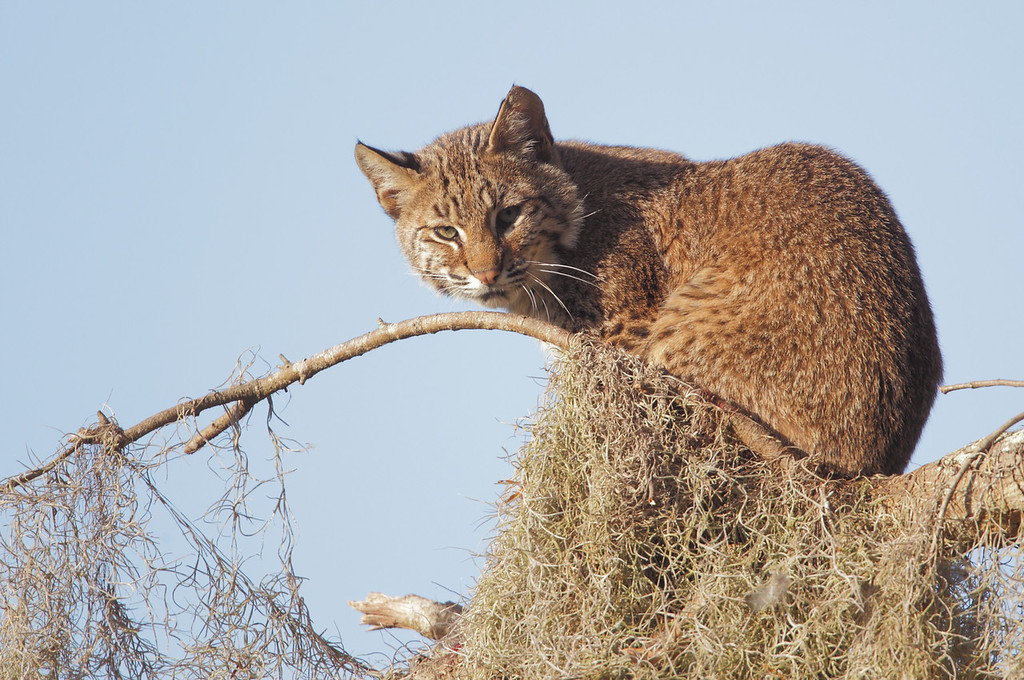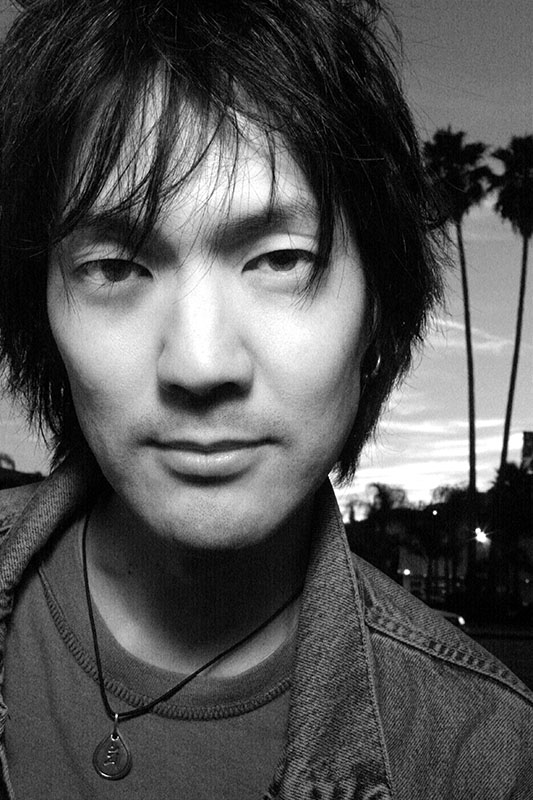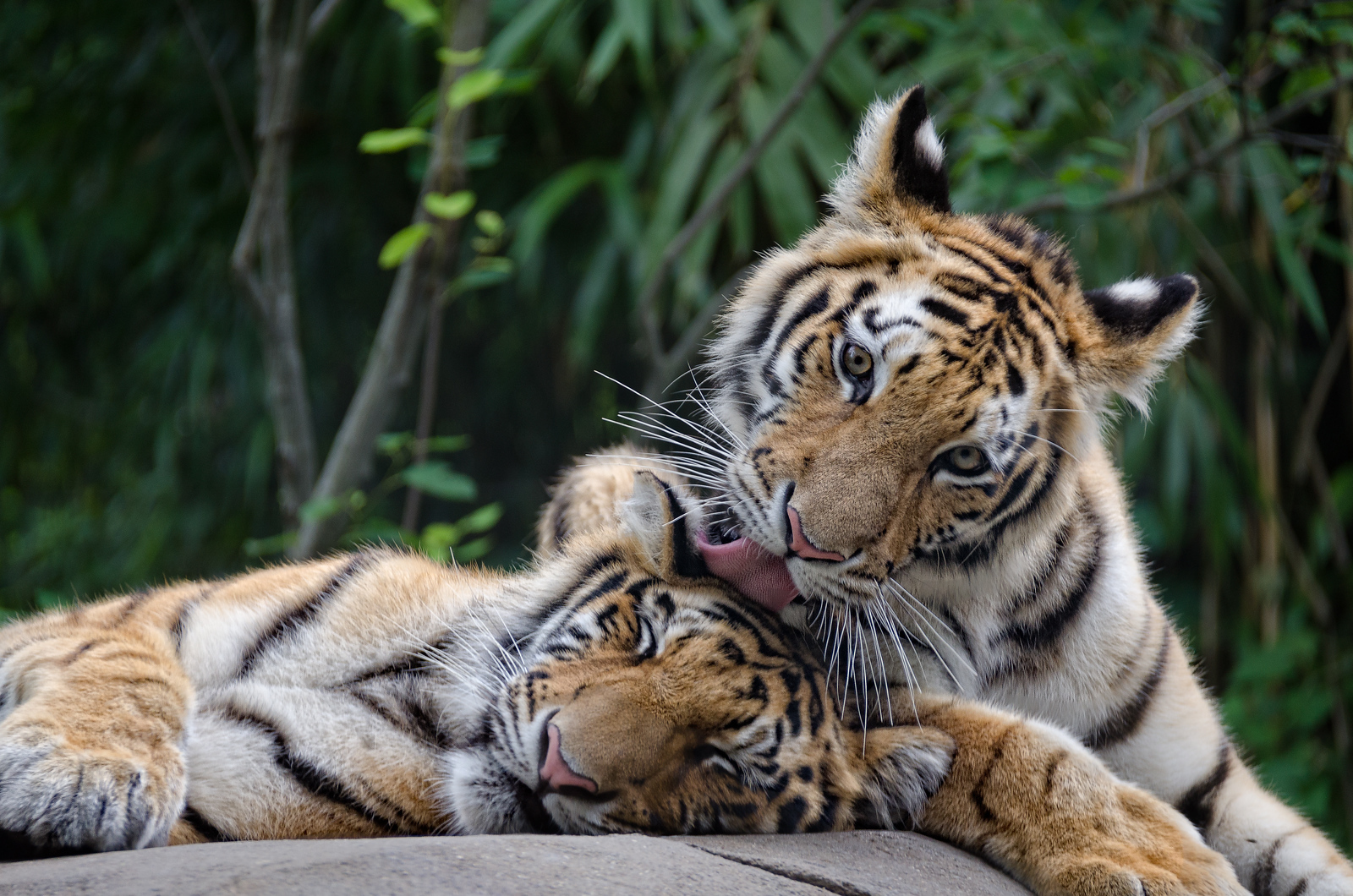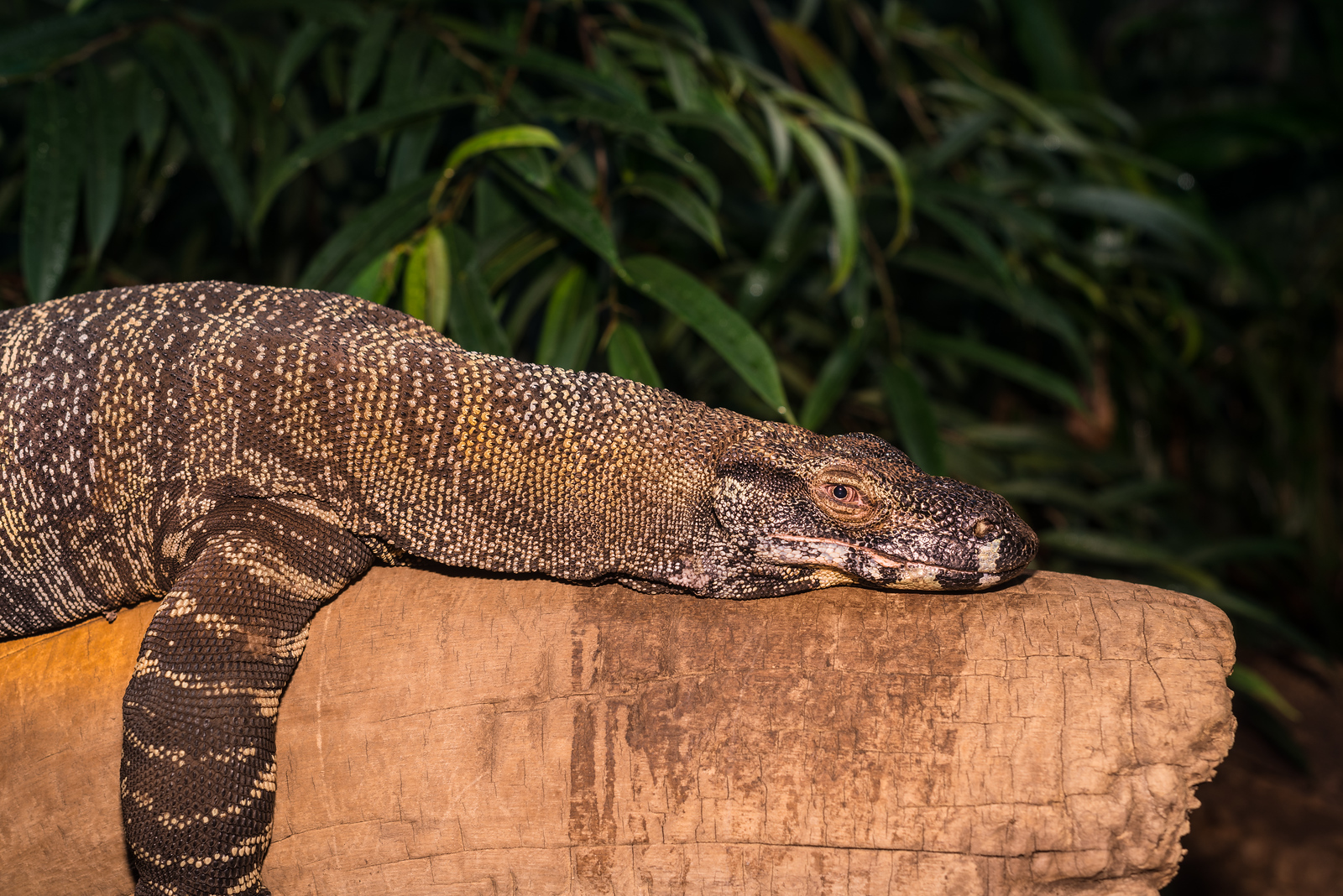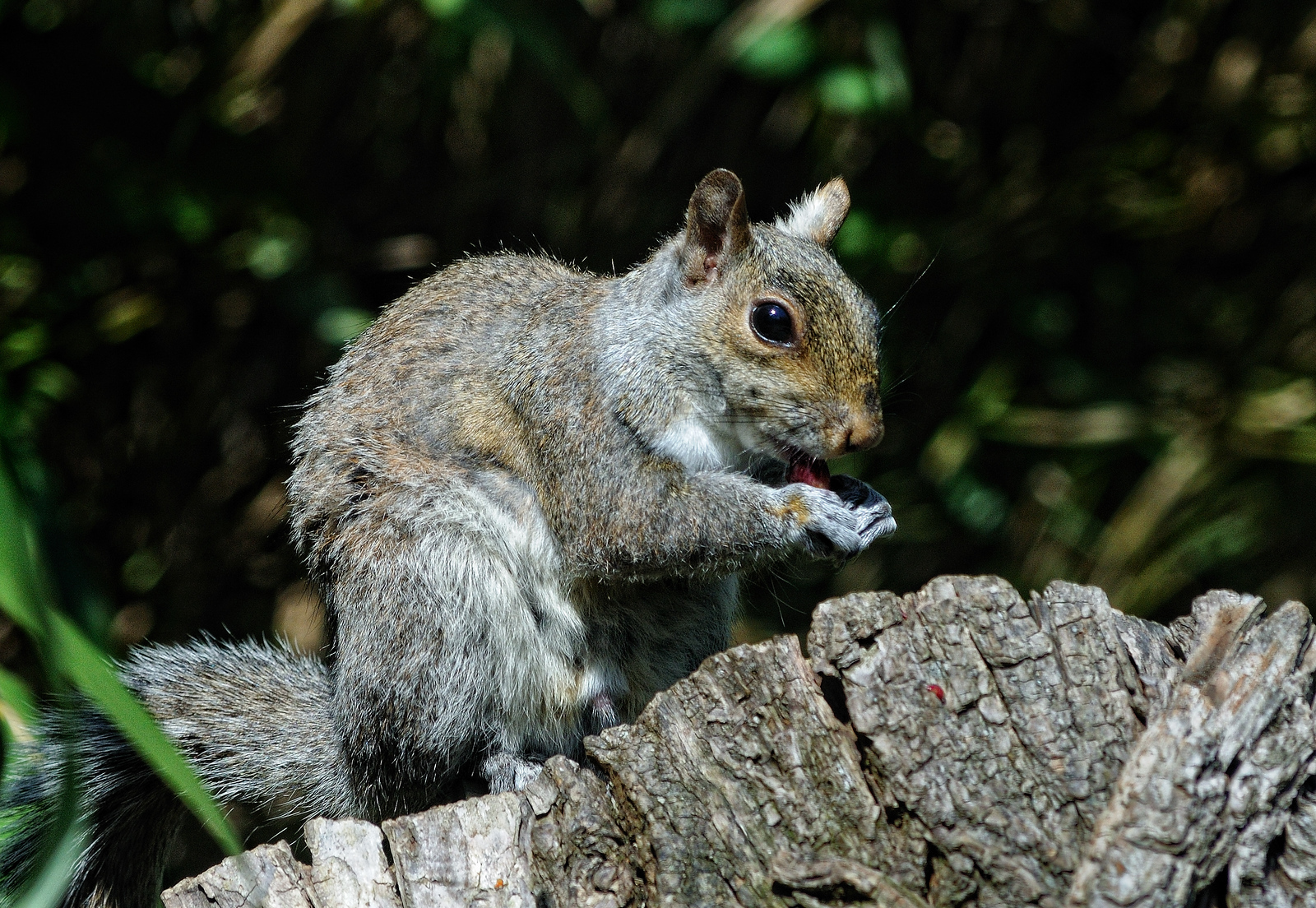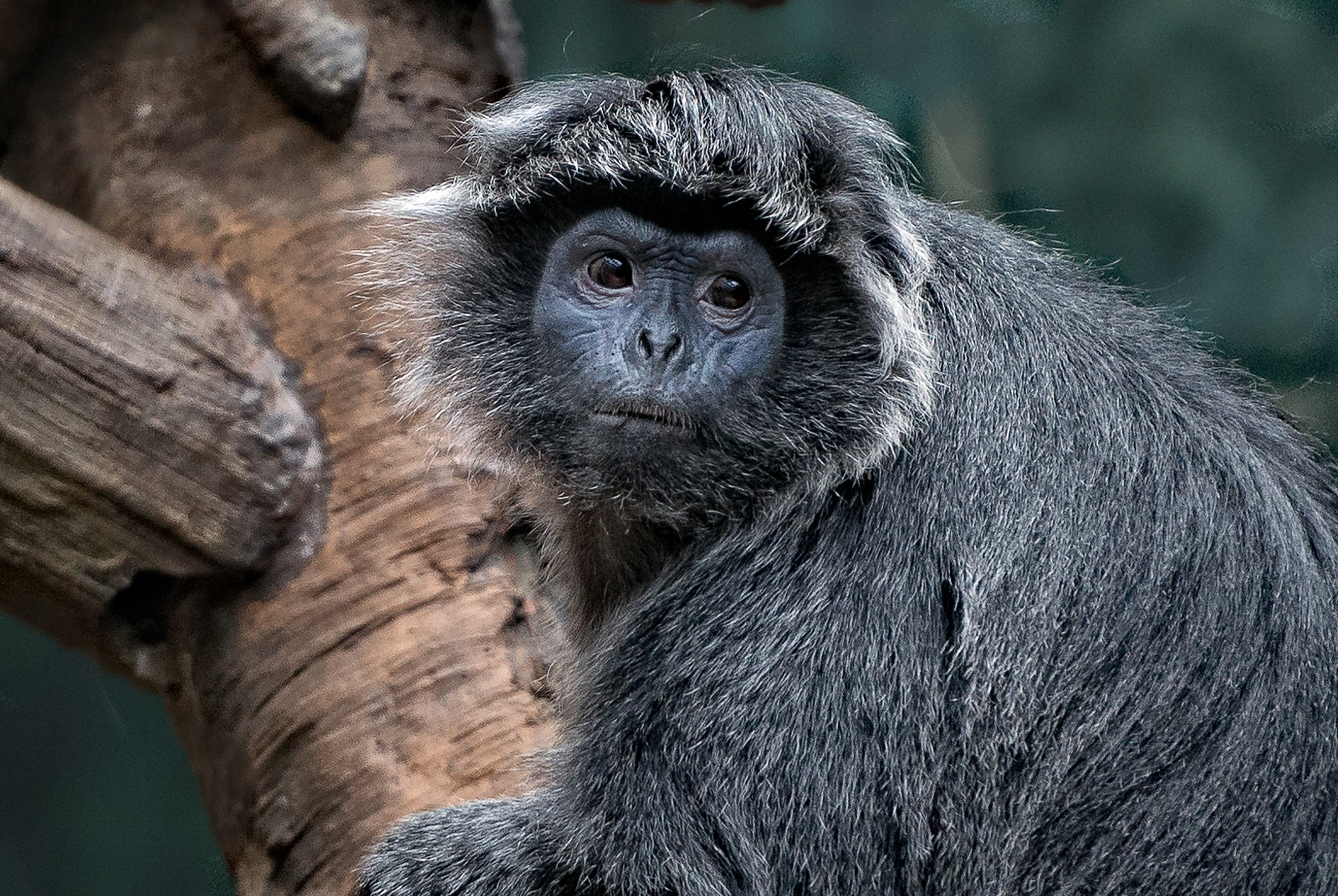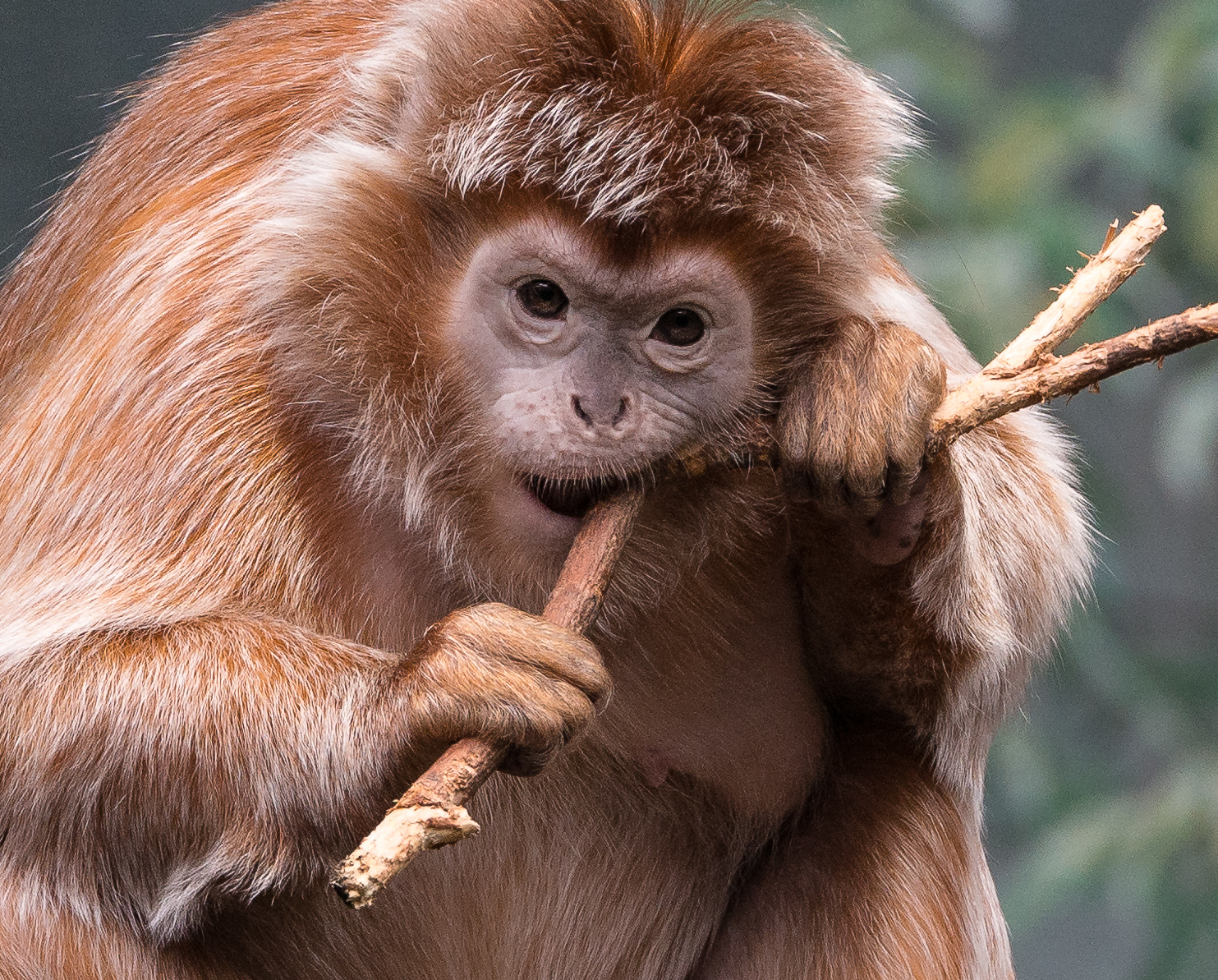steelyman
Moderator Emeritus
Go for it! Is it spring yet?
It's coming!
Last year I was hanging out at the beach. There was another guy who was always up early for coffee.
I told him I had something to tell him. He looked at me all serious and asked "what?".
I said, "June is, in fact, busting out all over".
That was a fun cup of joe





